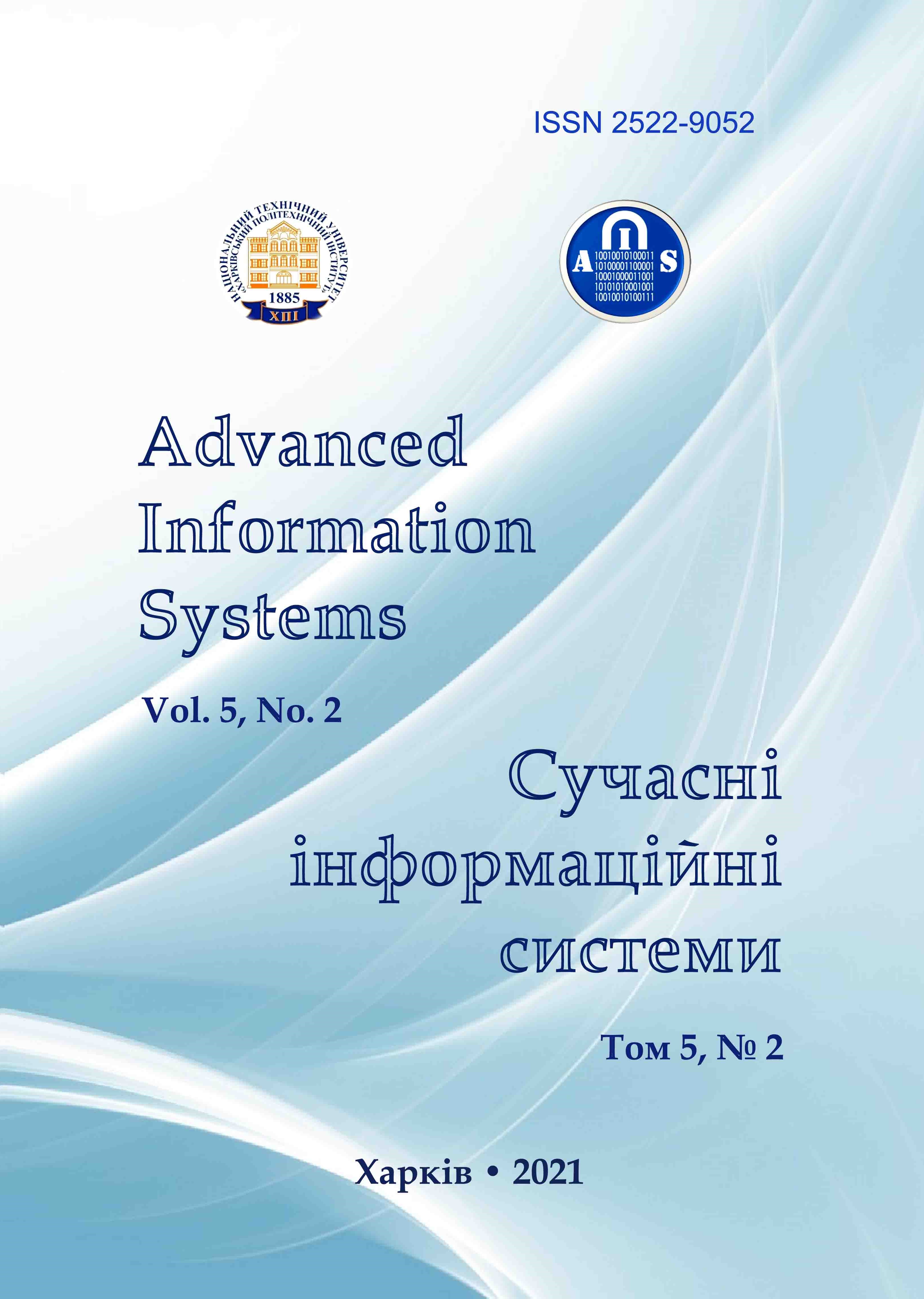Functional stability of technological processes based on nonlinear dynamics with the application of neural networks
Main Article Content
Abstract
The processes of transformation of global information infrastructure and large-scale automation of production lead to the actual merger of automated production, data exchange and production technologies into a single self-regulatory system with minimal or no human intervention in the production process. Currently, there is a mass introduction of cyberphysical systems into production with the simultaneous application of the results obtained in the fields of artificial intelligence, robotics, the Internet of Things and so on. Implementing the goal of developing methods for organizing production processes of metal processing at machine-building enterprises using neural networks, the processes of global transformation of IT infrastructure were studied against the background of mass introduction of cyberphysical systems and breakthroughs in artificial intelligence and technological processes. The characteristics of the behavior of complex technical systems that implement the property of functional stability of such systems are studied. The processes of metal processing by cutting are characterized taking into account the peculiarities of the influence of deformation hardening, plastic deformations, self-oscillations and chaotic dynamics that occur in machining centers. Methods of application of neural networks in modeling of processes of mechanical processing of metals by cutting are described. A universal technique for constructing neural network models of the machining process on the basis of an artificial counter-propagation neural network is given. Based on the analysis, an intelligent system of analysis and forecasting of the dynamic stability of the technological process of cutting using parallel calculations, which guarantees the fulfillment of the necessary conditions to ensure the functional stability of the production process.
Article Details
References
Sobchuk V. V., Musienko A. P., Ilyin O. Y. (2018), “Analysis of the use of a hierarchical structure to ensure the functional stability of the automated enterprise management system”, Telecommunication and information technologies, K.: DUT, No. 4 (61), pp. 53-61.
Sobchuk V. V., Koval M. O., Musienko A. P., Matsko O. Y. (2019), “Method of diagnosing hidden failures in the information system based on the use of a two-level system of functional”, Telecommunication and information technologies, К.: ДУТ, No. 1 (62), pp. 22-31.
Barabash O. V., Lukova-Chuyko N. P., Musienko A. P., Sobchuk V. V. (2018), “Ensuring the functional stability of information networks based on the development of a method of counteracting DDoS attacks”, Advanced Information Systems, Vol. 2, No. 1, pp. 56-63.
Sobchuk V. V., Laptev O. A., Salanda I. P., Sachuk Y. V. (2019), “Mathematical model of information network structure on the basis of non-stationary hierarchical and stationary hypernetwork”, Collection of scientific works of the Military Institute of Kyiv Taras Shevchenko National University, K.: WINDOW, Issue 64, pp. 124-132.
Kuchuk N. G., Lukova-Chuiko N. V., Sobchuk V. V. (2019), “Optimization of bandwidth of communication channels of hyperconvective system”, Control, navigation and communication systems, Poltava: PNTU, No. 3 (55), pp. 120-125.
Sobchuk V. V. (2019), “Methods of creating a single information space at a production enterprise with a functionally stable production process”, Control, navigation and communication systems, Poltava: PNTU, No. 6 (58), pp. 84-91.
Osovsky S. (2002), Neural networks for information processing, M.: Finance and statistics, 344 p.
Wasserman F. (1992), Neurocomputer technology: Theory and practice, M.: Mir, 184 p.
Funahashi K. On the approximate realization of continuous mapping by neural networks. – Vol.2. – 1982. – P. 183-192.
Hornik K., Stinchombe M., White H. (1989), “Multilayer feed-forward networks are universal approximators”, Neural Networks, Vol. 2, pp. 359-366.
Chan C.W., Hong Jin, Chueng K.C., Zhang H.Y. (2001), “Fault detection of system with redundant sensors using constrained Kohonen networks”, Automatica, Vol. 37, pp. 1671-1676.
Jamsa-Jounela S.-L. (2003), “A process monitoring system based on the Kohonen self-organizing maps”, Control Engineering Practice, Vol. 11, pp. 83-92.
Kabaldin Yu. G., Shatagin D. A., Kolchin P. V., Kuzmishina A. M., Anosov M. S. (2018), Artificial intelligence and cyber-physical machining systems in digital manufacturing, Nizhny Novgorod: NSTU im. R.A. Alekseeva, 271 p.
Pichkur V. V., Kapustyan O. V., Sobchuk V. V. (2020), The theory of dynamical systems, Lutsk: Vezha-druk, 348 p.
